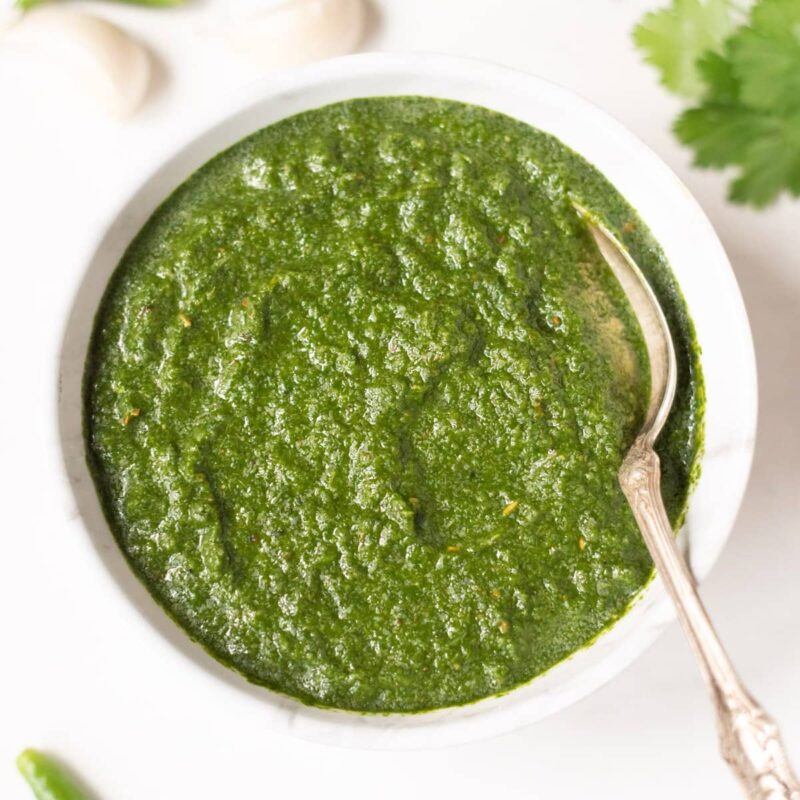Kara Chutney Recipe: Kara Chutney stands as a beloved spicy and tangy accompaniment in Tamil cuisine, frequently enjoyed alongside dosa, idli, appam, or idiyappam. Its popularity extends to renowned eateries like Saravana Bhavan, including their branches in Dubai. Crafted from a blend of tomatoes, onions, and a medley of spices, this chutney infuses every meal with a burst of flavor.
My introduction to this delightful recipe came during a visit to Dubai last December. Saravana Bhavan included it as part of their unlimited breakfast offering, and I was immediately captivated by its taste. While traditionally paired with dosa and idli, I believe it complements dishes like upma or appam equally well. Furthermore, it can serve as a delightful side dish for rice, especially when served alongside rasam or sambar rice.
This instant recipe boasts quick preparation, coupled with a few tricks to elevate its flavor. Initially, I’ve maintained equal proportions of onion and tomatoes to ensure a balanced flavor profile, though adjustments can be made based on personal preference. Although coconut is not included in this rendition, adding 1-2 tablespoons during frying can enhance its flavor. Lastly, the addition of dal is crucial for both taste and consistency, though care must be taken not to overpower the other ingredients.
Ingredients: Kara Chutney Recipe
- 2 tsp oil
- 1 tbsp urad dal
- 1 tbsp chana dal
- 3 dried Kashmiri red chillies
- 1/2 onion, finely chopped
- 2 cloves garlic
- 1 tomato, finely chopped
- Small piece of tamarind
- 1/2 tsp salt
- 3 tbsp water
For Tempering:
- 2 tsp oil
- 3/4 tsp mustard seeds
- 1/2 tsp urad dal
- Few curry leaves
Instructions: Kara Chutney Recipe
- Heat 2 tsp oil in a pan or tawa. Add 1 tbsp urad dal, 1 tbsp chana dal, and 3 dried Kashmiri red chillies. Roast until the dals turn slightly golden brown.
- Incorporate 1/2 finely chopped onion and 2 cloves of garlic. Sauté until the onions develop a golden hue.
- Introduce 1 finely chopped tomato and sauté until the tomatoes turn soft and mushy.
- Once cooled, transfer the mixture to a blender. Add a small piece of tamarind and 1/2 tsp salt.
- Blend the mixture into a smooth paste, gradually adding 3 tbsp or more water as necessary.
- For tempering, heat 2 tsp oil in a small pan. Add 3/4 tsp mustard seeds, 1/2 tsp urad dal, and a few curry leaves. Allow them to splutter.
- Pour the tempering over the chutney and mix thoroughly.
- Serve the kara chutney with dosa or idli.
In Conclusion:
Kara Chutney Recipe offers a versatile and flavorsome addition to various South Indian dishes. Whether accompanying dosa, idli, or rice, its spicy and tangy essence promises to tantalize taste buds. With straightforward ingredients and rapid preparation, Kara Chutney beckons anyone eager to explore the vibrant flavors of Tamil cuisine.
FAQs about Kara Chutney Recipe
What is Kara Chutney?
Kara Chutney is a popular spicy and tangy condiment in Tamil cuisine, typically made with tomatoes, onions, and various spices. It’s commonly served with dosa, idli, appam, or idiyappam.
Where is Kara Chutney commonly served?
Kara Chutney is often found in South Indian restaurants, including well-known chains like Saravana Bhavan. It’s particularly famous in places like Dubai, where Indian cuisine is readily available.
Can Kara Chutney be served with other dishes besides dosa and idli?
Yes, Kara Chutney pairs well with a variety of dishes. It can complement dishes like upma or appam, and it can also be served as a side dish with rice, especially with rasam or sambar rice.
What are some tips to enhance the flavor of Kara Chutney?
To enhance the flavor of Kara Chutney, you can adjust the ratio of onion and tomato according to your preference. Additionally, adding a small amount of coconut while frying can add extra flavor. Be careful not to overpower the chutney with too much dal.
Is Kara Chutney easy to prepare?
Yes, Kara Chutney is relatively easy and quick to prepare. The ingredients are simple and readily available, and the process involves roasting, sautéing, blending, and tempering.

